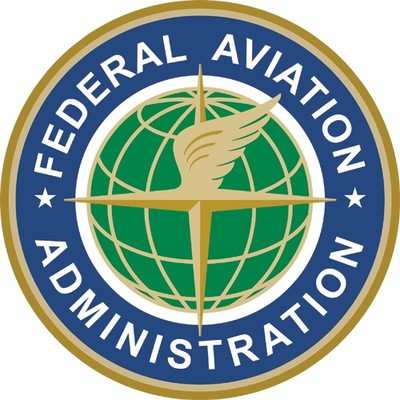Sun, May 01, 2016
The FAA Administrator Says Progress Is Being Made On UAS Issues
The FAA held a UAS Symposium in conjunction with Embry-Riddle Aeronautical University last week to broaden the dialogue with industry and the public on how to safely integrate unmanned aircraft into the National Airspace System.

FAA Administrator Michael Huerta and Deputy Administrator Mike Whitaker both noted the tremendous progress the FAA and industry have made on integration by working together collaboratively. They called on the attendees to build on this success by helping the FAA frame the next steps for future collaboration on the bigger integration challenges.
"Working together, we have accomplished a truly incredible amount in the last couple of years. But we’re still really at the beginning of the process," Huerta said during his keynote address. "We need to start thinking about bigger challenges, so I propose that we use this symposium to frame these challenges together."
Huerta noted safety is a shared responsibility. He said the FAA-industry partnership is working because both respect that they sometimes have different viewpoints but ultimately find common ground. This has resulted in a string of recent accomplishments.
For example, the FAA assembled a diverse task force last fall that helped create a robust drone registration system in record time. Today, more than 425,000 people have registered their drones, absorbing the FAA’s shared safety message in the process.
Based on the success of the registration task force, the FAA formed an aviation rulemaking committee in March to develop recommendations for how the agency could allow certain unmanned aircraft to operate over people. The committee delivered a comprehensive report earlier this month that will help shape a new rule.
The agency has also streamlined the Section 333 and UAS test site processes to make it easier to fly. The small UAS rule, which will be finalized in late spring, will allow for routine commercial drone operations and eliminate the need for most Section 333 exemptions.
The wide-ranging viewpoints and feedback provided during the UAS Symposium will inform the FAA’s long-term discussion on UAS integration. It will also mark the beginning of a new phase of the collaboration that will help the FAA identify and prioritize integration challenges. Administrator Huerta will report on next steps during AUVSI’s XPONENTIAL (that’s a major UAS related convention) next month.
More News
He Attempted To Restart The Engine Three Times. On The Third Restart Attempt, He Noticed That Flames Were Coming Out From The Right Wing Near The Fuel Cap Analysis: The pilot repor>[...]
Make Sure You NEVER Miss A New Story From Aero-News Network Do you ever feel like you never see posts from a certain person or page on Facebook or Instagram? Here’s how you c>[...]
From 2009 (YouTube Edition): Leading Air Show Performers Give Their Best Advice for Newcomers On December 6th through December 9th, the Paris Las Vegas Hotel hosted over 1,500 air >[...]
Aero Linx: NASA ASRS ASRS captures confidential reports, analyzes the resulting aviation safety data, and disseminates vital information to the aviation community. The ASRS is an i>[...]
“For our inaugural Pylon Racing Seminar in Roswell, we were thrilled to certify 60 pilots across our six closed-course pylon race classes. Not only did this year’s PRS >[...]
 NTSB Final Report: Rutan Long-EZ
NTSB Final Report: Rutan Long-EZ ANN FAQ: Turn On Post Notifications
ANN FAQ: Turn On Post Notifications Classic Aero-TV: ICAS Perspectives - Advice for New Air Show Performers
Classic Aero-TV: ICAS Perspectives - Advice for New Air Show Performers ANN's Daily Aero-Linx (06.28.25)
ANN's Daily Aero-Linx (06.28.25) Aero-News: Quote of the Day (06.28.25)
Aero-News: Quote of the Day (06.28.25)



